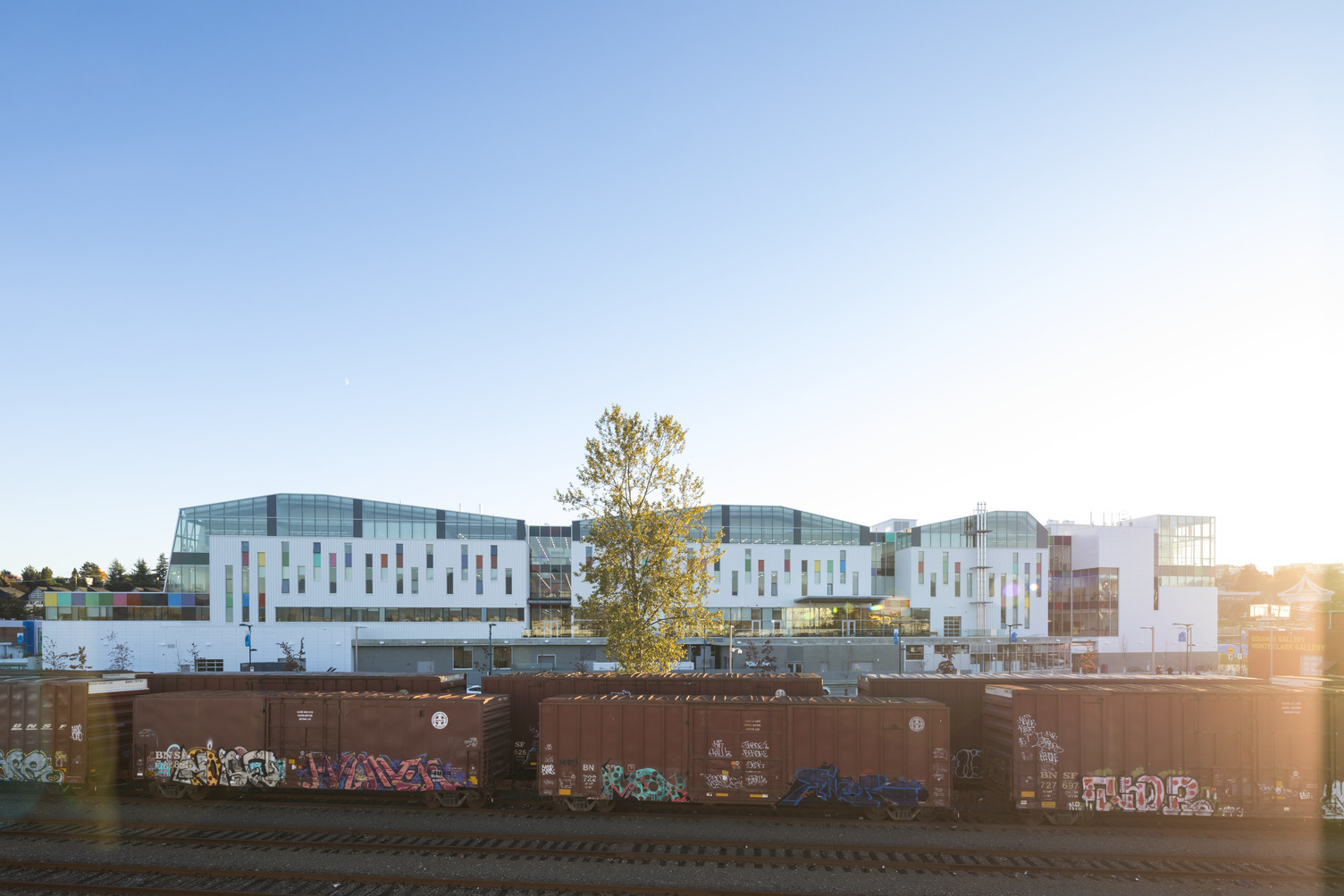News
Reflections on Transformation: A Message from President Siddall

Posted on August 17, 2020 | Updated March 26, 2021, 12:14pm
What does it mean for a university community to be a collective?
Dear ECU Community,
I want to begin by reflecting on the remarkable dialogue that has unfolded at Emily Carr over the past few weeks. The critically important work of the student-led Anti-Racist Initiative has called out the urgent need to address racism at Emily Carr. Their petition has touched each member of the ECU community, and has led to rich and generative discussion, thought and action, through subsequent email communications, conversations and gatherings.
I am grateful to all members of our university community who are seeking new ways to listen, to reflect and to engage in our ongoing efforts to combat racism and other forms of oppression and discrimination.
To address these issues directly, we’ve begun the task of creating an Equity, Diversity and Inclusion Action Plan. This plan that outlines the immediate commitments and priority actions that we are taking to address racism and inequity. It is a living document, and it will continue to be shaped and informed by your feedback and input.
The initiatives listed in the EDI Action Plan reflect the concerns and ideas brought forward by our community. The dialogue that has ensued in recent weeks as a result of this work has galvanized all of us at ECU to assess our current practices, to acknowledge the ways in which these practices harm BIPOC students, staff, and faculty, to see the successes of some of our past and ongoing efforts, and to come together in our efforts to continue to address and focus our attention on these critical tasks.
Action is critically important right now, but so is our need to find ways to do this work collectively. What does it mean for a large and diverse university community of students, staff, faculty and alumni to be a collective?
Yvon Bonenfant (2010), who theorizes about queer bodies and “queer listening,” offers a way of thinking about vocal sound production and the reception of that sound in others that for me speaks to a kind of reciprocity that can facilitate our notion of a collective that also centres diversity. Bonenfant sees “queer listening” as a different way of listening from that which has been normalized, one that calls for hearing differently in a heteronormative soundscape, in ways that can result in generative and differentiated ways of hearing others that lead to a profound recognition and embrace of the other. He writes:
"It is to our advantage to understand how voices touch us, recalibrating our understanding of how we listen to them." (source)
This notion of queering normative modes of listening—or normative modes of human social interaction—resonates for me as a way to think about the kind of work we need to do collectively to dismantle white supremacy, expose white privilege, and dismantle colonial systems and practices at our university. We need to tune our ears to hearing and connecting with the both the familiar and the unfamiliar as we attempt a collective of diverse voices and positionalities.
Listening to silence is also key to this mode of listening. On July 27, ECU community members gathered in person outside campus and virtually through Zoom, in solidarity against racism. The silences that I experienced while in the Zoom session were powerful, thoughtful, and filled the space with deep respect. It is critical that we take time to reflect and to allow the voices around us to recalibrate and open spaces of understanding. It is in those times of silence, of deep reflection, that we can hear the voices that aren’t always heard, and I am mindful that there are many in our community from whom we have not yet heard.
Moving forward, we will update the EDI Action Plan with our progress and add more actions as they are identified. I encourage each of you to read the initiatives listed in the plan, and consider how you can contribute to them for the good of our collective community. We also want to highlight the important work that is being done by students, staff and faculty, and so I invite you to submit your activities to be included on our community initiatives page.
Finally, on a personal note, I’m grateful to the students, staff, faculty and alumni who hold me accountable and challenge me in this work. I am inspired by your efforts, and I know that together we will make meaningful and lasting change.
Sincerely,
Gillian Siddall
President + Vice-Chancellor
Emily Carr University of Art + Design

